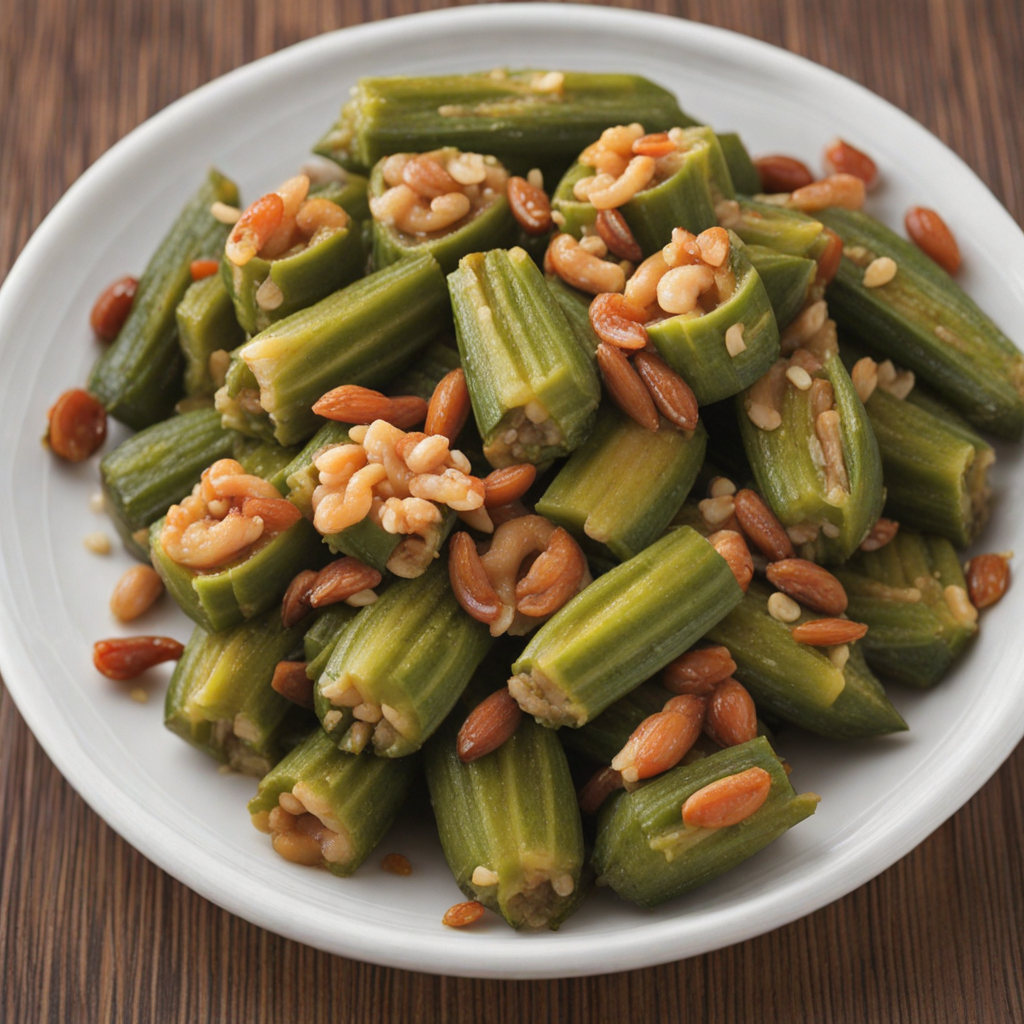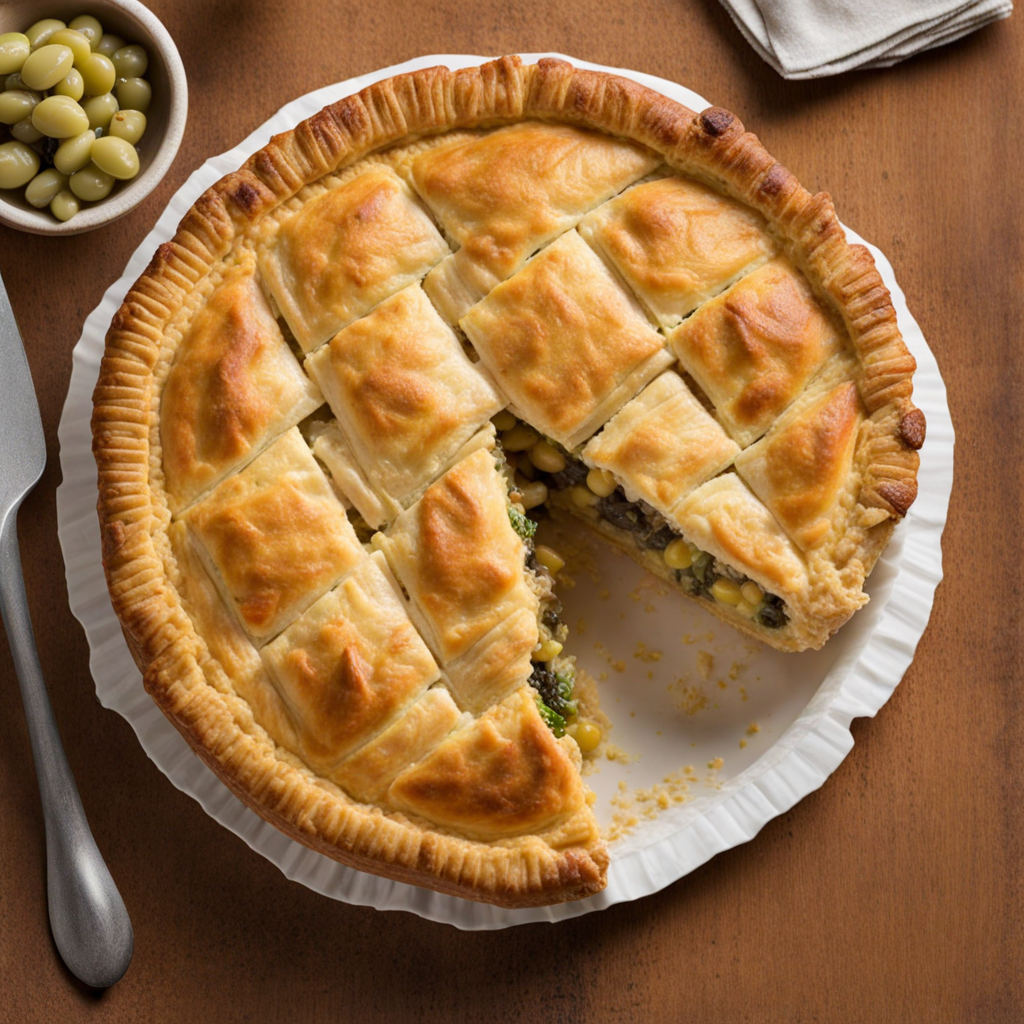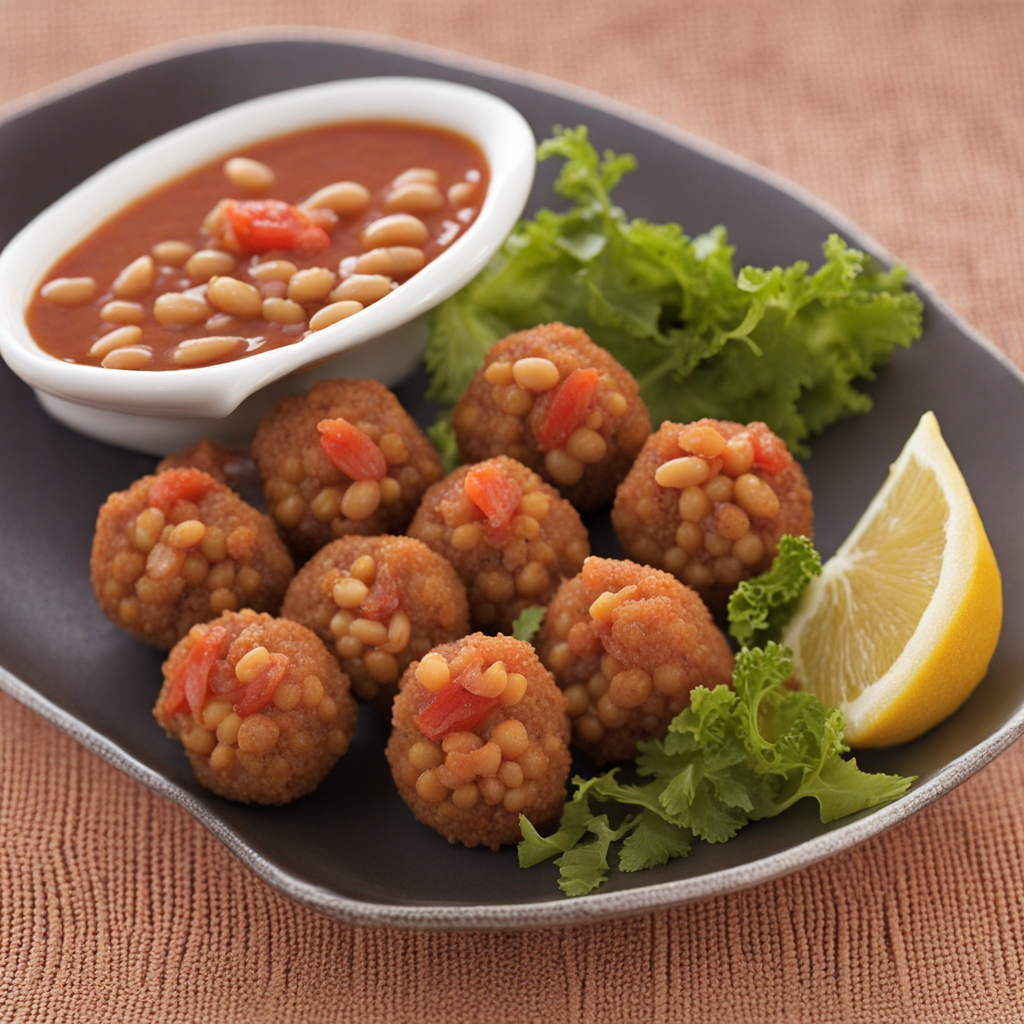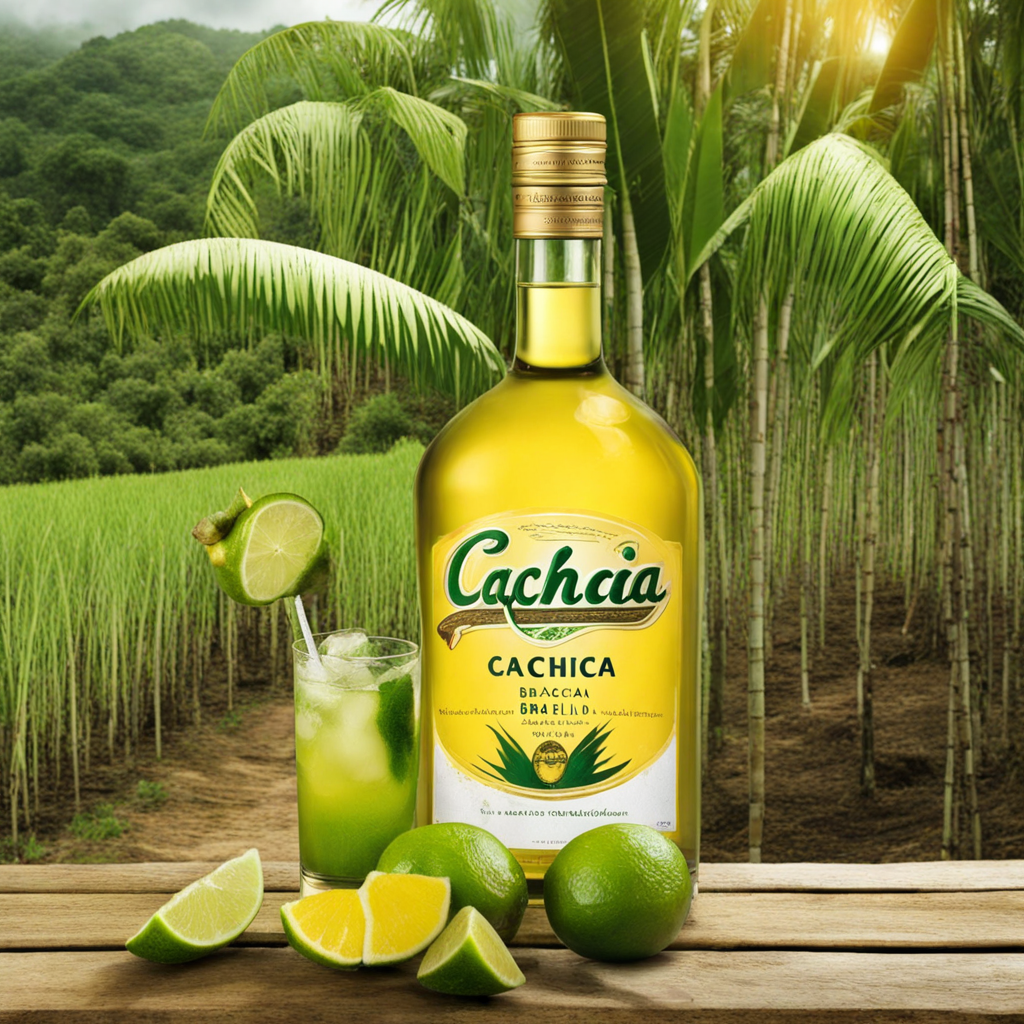Caruru
Caruru is a traditional Brazilian dish that embodies the rich culinary heritage of the northeastern region of the country, particularly in Bahia. This vibrant dish is primarily made from okra, a vegetable known for its unique texture and flavor, which is often combined with ground shrimp or dried shrimp to add a savory depth. The base of Caruru is a thick and hearty stew, thickened with ground nuts, typically toasted peanuts or cashews, which not only enriches the dish but also contributes a delightful nuttiness that balances the other ingredients. The medley of spices, including the iconic dendê oil (palm oil), gives Caruru its characteristic golden hue and a robust, slightly smoky flavor that tantalizes the palate. The preparation of Caruru is as much an art as it is a culinary tradition, often involving a variety of regional spices, such as garlic, onion, and chili peppers, which infuse the dish with warmth and complexity. The use of fresh herbs like cilantro or parsley brightens the flavors, making each bite a celebration of freshness and zest. Caruru is typically served with rice or farofa (toasted cassava flour), which helps to soak up the rich sauce and adds a satisfying crunch to the overall experience. The dish is often enjoyed during festive occasions, symbolizing the joy and community spirit found in Bahian culture. For those eager to explore new tastes, Caruru offers a sensory journey through Brazil's diverse culinary landscape. The combination of textures—from the tender okra to the crunchy nuts—alongside the bold and aromatic flavors create a unique and unforgettable dining experience. Whether enjoyed at a street fair, a family gathering, or a cozy restaurant, Caruru stands as a delicious testament to Brazil's vibrant food scene, inviting food lovers to dive into its colorful and flavorful world.
How It Became This Dish
Caruru: A Culinary Journey Through Brazil's History Caruru is a traditional Brazilian dish that embodies the rich tapestry of the country's culinary heritage, intertwining indigenous, African, and Portuguese influences. This flavorful dish is primarily made from okra, dried shrimp, and a range of spices, often served with rice. Its origins are deeply rooted in the cultural history of Brazil, making it not just a meal but a symbol of the country's diverse heritage. #### Origins The roots of caruru can be traced back to the indigenous peoples of Brazil who were the first to cultivate okra, a vegetable believed to have African origins, specifically from the regions of West Africa. Okra was introduced to the Americas through the transatlantic slave trade, where enslaved Africans brought their agricultural knowledge and culinary traditions. The use of okra in caruru reflects the blending of these cultures. The name "caruru" itself is thought to derive from the Yoruba word "karuru," which refers to a traditional dish made with various vegetables and spices. This etymological link underscores the African influence on the dish, as the Yoruba people were one of the many African ethnic groups brought to Brazil during the slave trade. The combination of okra with shrimp and spices in caruru is a testament to the culinary innovation that arose in Brazil as a response to the available ingredients and cultural fusion. #### Cultural Significance Caruru holds a special place in Brazilian culture, particularly in the northeastern states where African heritage is celebrated. It is often associated with the festival of the *Iemanjá*, the Afro-Brazilian goddess of the sea, and is commonly prepared for religious ceremonies and communal gatherings. In these contexts, caruru transcends mere sustenance; it becomes a medium for expressing faith, community, and cultural identity. In Bahia, the northeastern state known for its rich Afro-Brazilian culture, caruru is a staple dish. It is frequently served during the *Feira de São Joaquim*, a vibrant open-air market that showcases the region's culinary diversity. The dish's preparation often involves family and community, reinforcing social ties and cultural traditions. Sharing caruru during celebrations or family meals highlights the importance of food as a unifying force in Brazilian society. Caruru also features prominently in the celebrations surrounding *Candomblé*, a religion that blends African spiritual traditions with elements of Catholicism. The dish is often offered to the orixás (deities) during rituals, symbolizing gratitude and respect. The preparation of caruru for these ceremonies is meticulous, as it is believed that the quality and care put into the dish directly affect the blessings received from the orixás. #### Development Over Time As Brazil evolved through the centuries, so did caruru. The dish underwent various transformations influenced by regional ingredients, cultural exchanges, and the socio-political landscape. While the core components of okra and dried shrimp remain constant, variations have emerged depending on local customs and available ingredients. In the 19th century, with the influx of immigrants from Europe, particularly the Italians and Germans, the Brazilian culinary landscape expanded. These groups introduced new flavors and cooking techniques, which began to influence traditional dishes, including caruru. While the essence of the dish stayed intact, adaptations began to surface. Some versions might include additional proteins like chicken or even meat, while others might incorporate different spices or vegetables, reflecting local tastes and preferences. In the 20th century, Brazilian cuisine began to gain international recognition, and dishes like caruru were celebrated as symbols of Brazil's culinary diversity. The rise of the "culinary tourism" movement saw food enthusiasts traveling to explore authentic Brazilian dishes, leading to a resurgence of interest in traditional recipes. Chefs began to experiment with caruru, presenting it in innovative ways that honored its roots while appealing to contemporary palates. In the modern culinary scene, caruru is often showcased in restaurants that specialize in regional Brazilian cuisine. Chefs may elevate the dish by sourcing local, organic ingredients or by incorporating gourmet techniques, all while preserving its traditional essence. This evolution demonstrates how caruru has adapted to contemporary tastes while remaining a cherished cultural artifact. #### Caruru Today Today, caruru is a dish that continues to celebrate the heritage of Brazil. It is often featured in popular festivals and is a beloved comfort food among locals. The dish is emblematic of Brazilian identity, representing the resilience and creativity of its people. It serves as a reminder of Brazil's complex history, where different cultures converged to create something uniquely beautiful. Caruru's significance extends beyond the dinner table; it is a symbol of community and connection. The process of cooking and sharing this dish fosters bonds among families and friends, echoing the communal practices of the past. The ritual of preparing caruru, often accompanied by music and storytelling, evokes a sense of nostalgia and continuity, bridging generations. In recent years, there has been a growing movement to preserve traditional Brazilian cuisine, with chefs and home cooks alike emphasizing the importance of cultural heritage in their culinary practices. Caruru, with its rich history and cultural significance, is at the forefront of this movement. Efforts to document and share recipes, alongside the stories of those who prepare them, ensure that this beloved dish remains a vibrant part of Brazil's culinary narrative. Conclusion Caruru is more than just a dish; it is a vibrant representation of Brazil's diverse history and cultural identity. From its indigenous and African roots to its evolution through time, caruru reflects the resilience and creativity of the Brazilian people. Today, it stands as a testament to the power of food in forging connections, honoring traditions, and celebrating the rich cultural tapestry that is Brazil. Whether enjoyed at a family gathering or a festive celebration, caruru remains a beloved dish that continues to nourish both the body and the spirit.
You may like
Discover local flavors from Brazil







